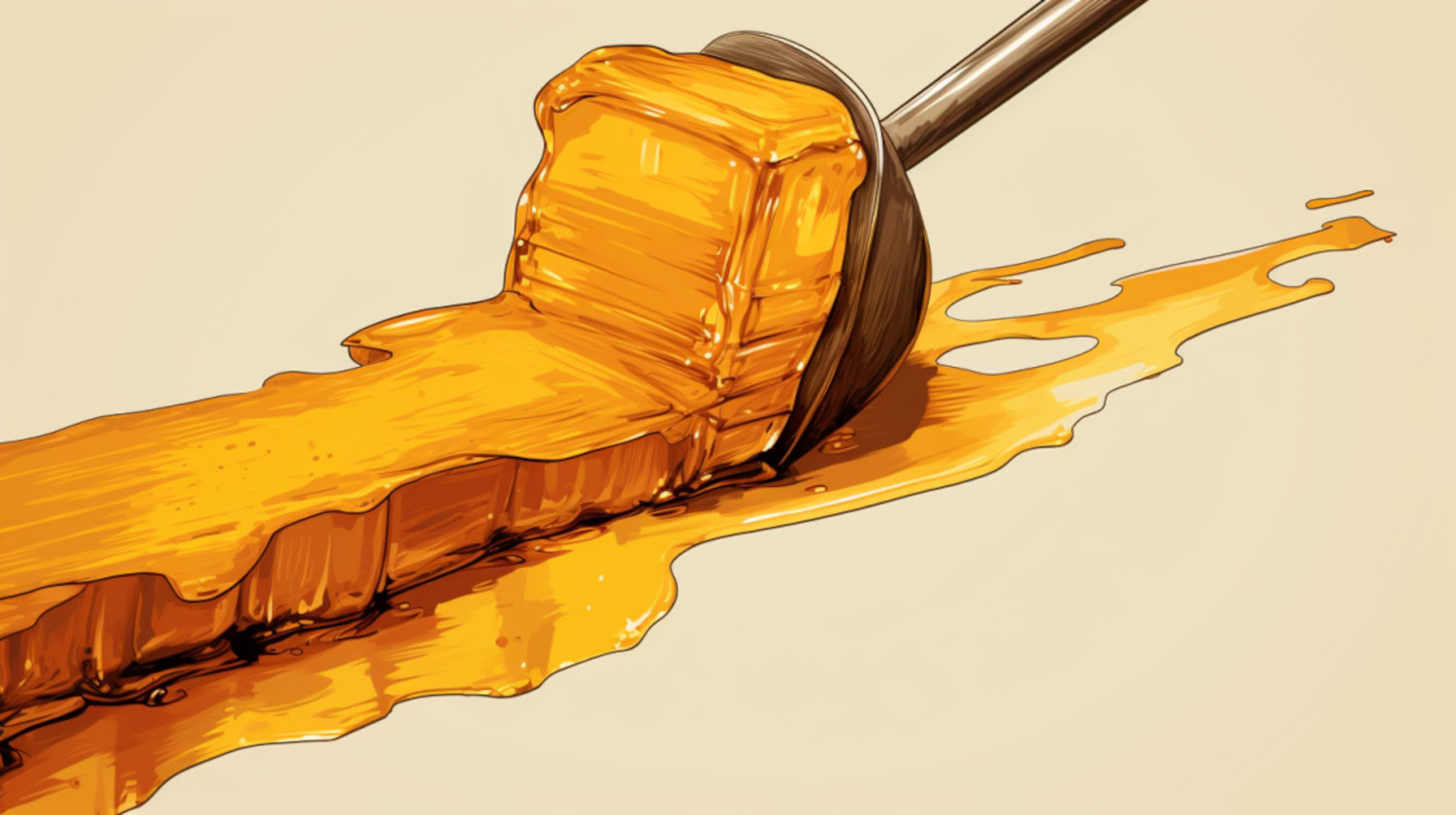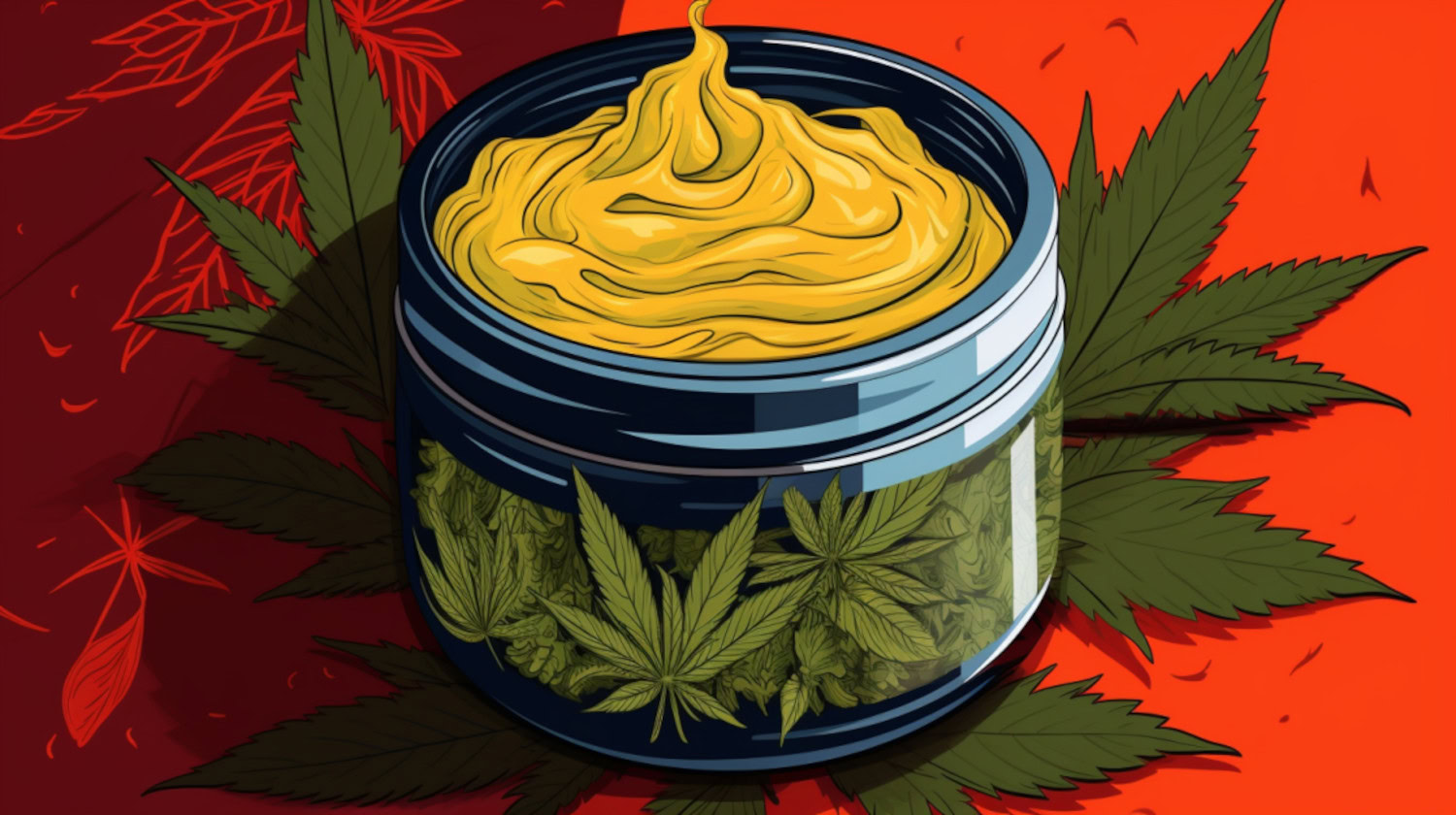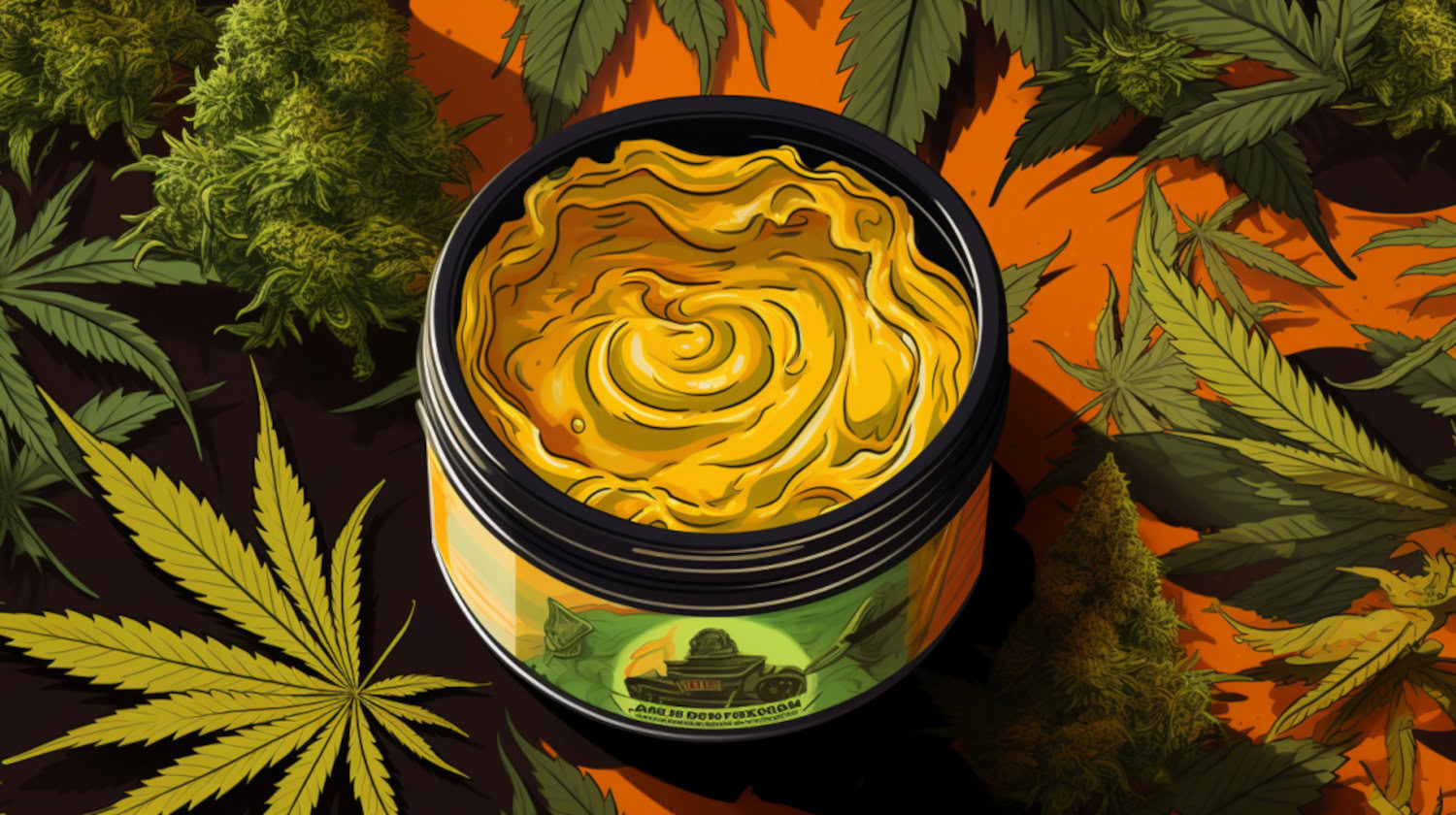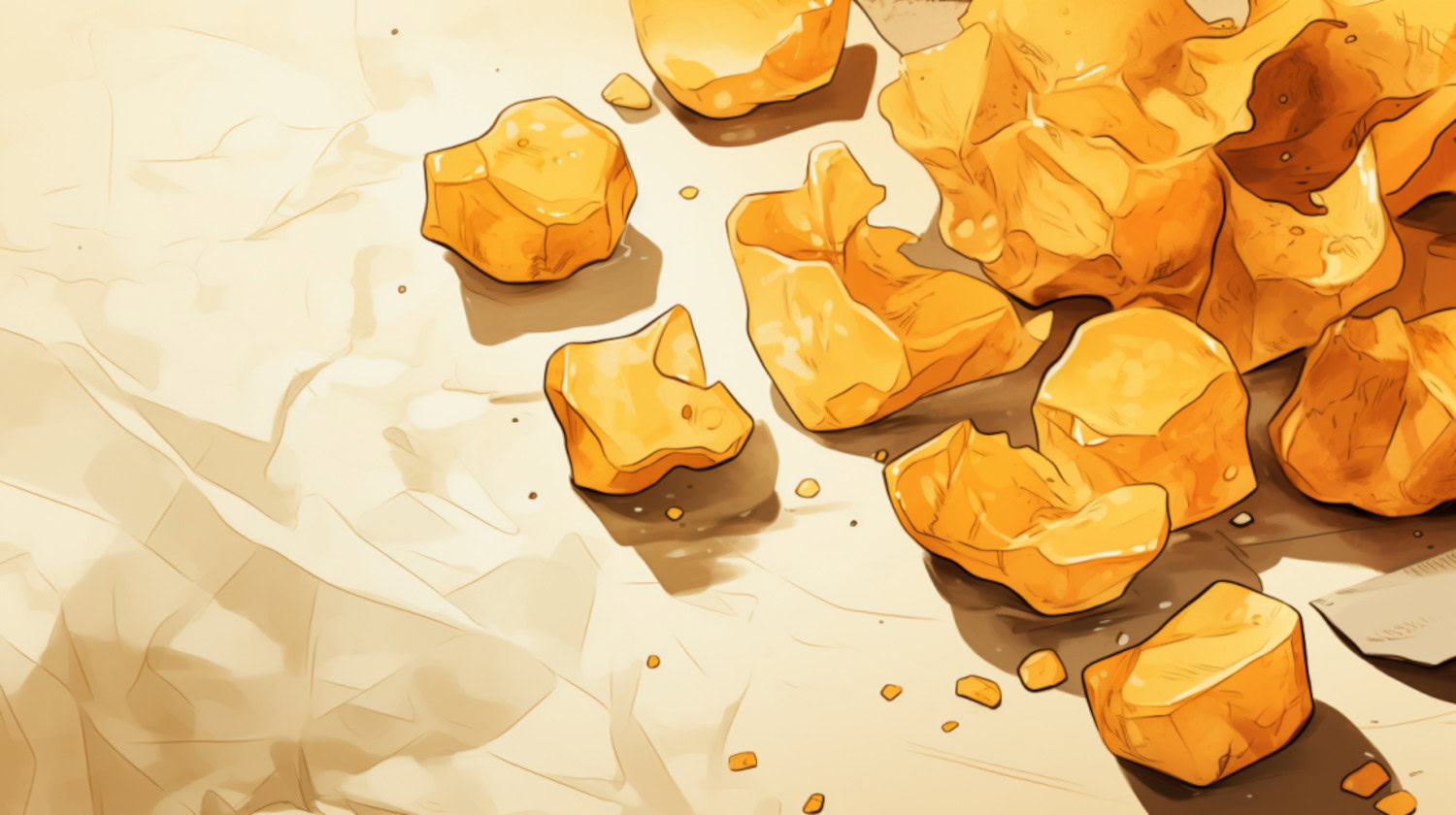In This Article
Key Takeaways
- CRC, or color remediation column, wax is cannabis wax that’s undergone extra processing to improve color.
- CRC wax is generally lesser quality and there is added risks of residual contaminants.
- To avoid CRC wax, always buy high-quality products from reputable brands, and read the labels.
With so many cannabis products available, finding the right option to suit your needs has never been easier. Among these, CRC wax, created through a sophisticated color remediation process, offers unmatched purity and intensity in flavor. It may set a new standard in cannabis concentrates.
In this guide, we explain CRC wax and how it's made and discuss whether it might be the best choice for your next session.
What is CRC Wax?
CRC wax, short for color remediation column wax, is a type of cannabis concentrate. It undergoes a specialized filtration process to improve its aesthetic appeal. This process is what sets CRC wax apart from other types of cannabis extracts.
CRC wax is typically lighter in color, often appearing nearly clear to pale yellow. The filtration process removes the dark pigments and substances that may contribute to an unpleasant flavor profile.
How is CRC Wax Made?

CRC wax is derived from cannabis plant material. The process starts with the standard extraction methods used to produce concentrates like butane hash oil (BHO). During this process, solvents like butane are used to extract cannabinoids and terpenes from the plant material.
What sets CRC wax apart is an additional step known as the color remediation process. During this process the raw cannabis extract is passed through a filtration column. That column is packed with various absorptive filter media, which help extract specific components even when they’re mixed with other substances. These media typically include substances like activated clay, silica gel, or other specialized adsorbents.
Each type of media targets specific impurities, such as pigments, waxes, and fats, which are removed from the extract. This filtration clarifies the extract, enhancing its color and purity and removes unwanted compounds that could affect the final product’s flavor and smoothness.
This additional remediation step refines the extract into what is marketed as CRC cannabis wax. It’s why it’s a product noted for its translucent appearance and smooth taste. The process provides a cleaner, more visually appealing product, offering a potentially superior experience for some consumers.
Creating CRC wax at home, however, is not recommended. The CRC process uses specialized equipment and materials that can be hazardous if incorrectly handled. Solvents like butane and complex filtration media require a controlled environment for safety and effectiveness. Amateur attempts could lead to unsafe products or even accidents, making this a task best left to professionals with the right equipment and expertise.
Advantages of CRC Wax
CRC wax has several advantages that distinguish it from other cannabis concentrates. Whether vaping a CRC-treated dab pen or dabbing wax, you may have a purer and smoother experience.
Enhanced Clarity
The color remediation process removes undesirable impurities such as waxes, lipids, and chlorophyll. These compounds don’t add to the therapeutic value of cannabis like other compounds such as THC, CBD, or terpenes.
The purification process results in a visually clearer product and often reduces the harshness associated with dabbing less refined concentrates. As a result of the purification process, CRC extracts are considered smoother and easier to inhale. They might be a reliable alternative for frequent consumers who may find other concentrates too harsh.
Refined Flavor and Consistency
The CRC process removes non-essential elements known to compromise the taste and purity of cannabis products. By filtering out these impurities, CRC wax delivers a cleaner flavor profile and consistent quality. According to some consumers, this makes the flavors more pronounced and the experience more pleasant.
Drawbacks of CRC Wax

CRC concentrates may offer a more visually appealing product. Still, there are several reasons why some consumers might opt for other types of cannabis extracts.
Loss of Essential Compounds
Some critics argue that the materials used in the CRC filtration process, such as silica gel and clay, strip away terpenes and other beneficial compounds.
Terpenes contribute to the distinct aroma and flavor of cannabis and enhance its therapeutic effects through the entourage effect. The absence of these compounds can result in a product that, while pure, may lack the full spectrum of cannabis' natural benefits.
Questionable Input Quality
There's also a concern regarding the quality of the raw materials used in the production of CRC wax.
Some producers may use CRC technology to improve the appearance of extracts made from lower-quality or older cannabis, including potentially degraded material. This can be misleading as the end product looks cleaner and of higher quality than it truly is.
Using older cannabis is not inherently bad and can be an efficient use of resources. However, it can be misleading if it’s presented as having the same quality as extracts made from fresh, high-quality plant material.
Potential Health Concerns
The use of materials such as silica gel and clay in the CRC cannabis process also raises potential safety concerns. This is due to the potential health implications of residual materials that might remain in the wax after processing. Some users worry about the respiratory impact these substances could have if inhaled.
Poor filtration practices can increase the risk of contamination. However, proper CRC filtration removes dangerous residual contaminants. During the CRC process, precision filter media captures even the smallest particles, making the final product pure and safe for consumption.
Tips for Avoiding CRC Wax

If you're cautious about using CRC wax, consider these factors while shopping to help you find high-quality, reliable options.
Reputable Sources
Always buy your cannabis products from reputable sources. Trusted dispensaries and producers are more likely to provide accurate information about their products, giving you confidence in your purchase.
Brand Reputation
Choose brands that have positive reviews and are known for their quality. Look for companies that are transparent about their sourcing and production processes. These details often reflect their commitment to high standards.
Lab Testing
Look for products that include third-party lab results. These reports can tell you about the presence of solvents, pesticides, and the cannabinoid profile. Each factor can help you understand what you’re consuming and how to dose it effectively.
Packaging and Labeling
Whether you’re buying weed carts or live resin, CRC-treated dabs aren’t usually labeled as such due to a lack of specific regulatory requirements. You should always read the product details carefully to see if any processing methods are mentioned.
You cannot reliably determine if wax has undergone CRC treatment based on appearance alone. Factors such as color, texture, and aroma are influenced by multiple aspects of production, not solely by CRC processing. It's essentially impossible to verify CRC treatment without clear disclosures from producers.
The information in this article and any included images or charts are for educational purposes only. This information is neither a substitute for, nor does it replace, professional legal advice or medical advice, diagnosis, or treatment. If you have any concerns or questions about laws, regulations, or your health, you should always consult with an attorney, physician or other licensed professional.




